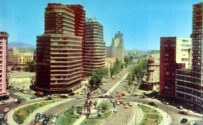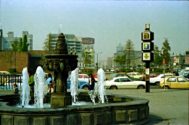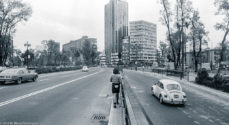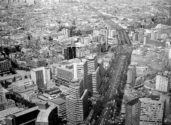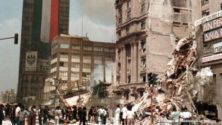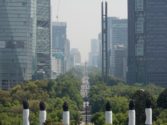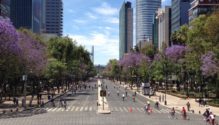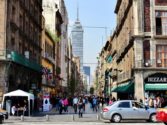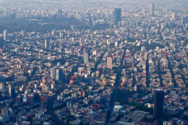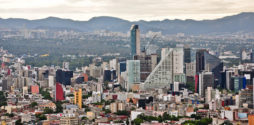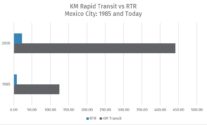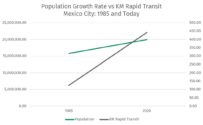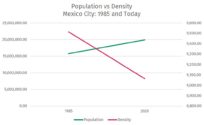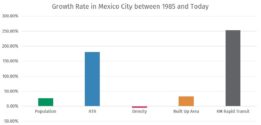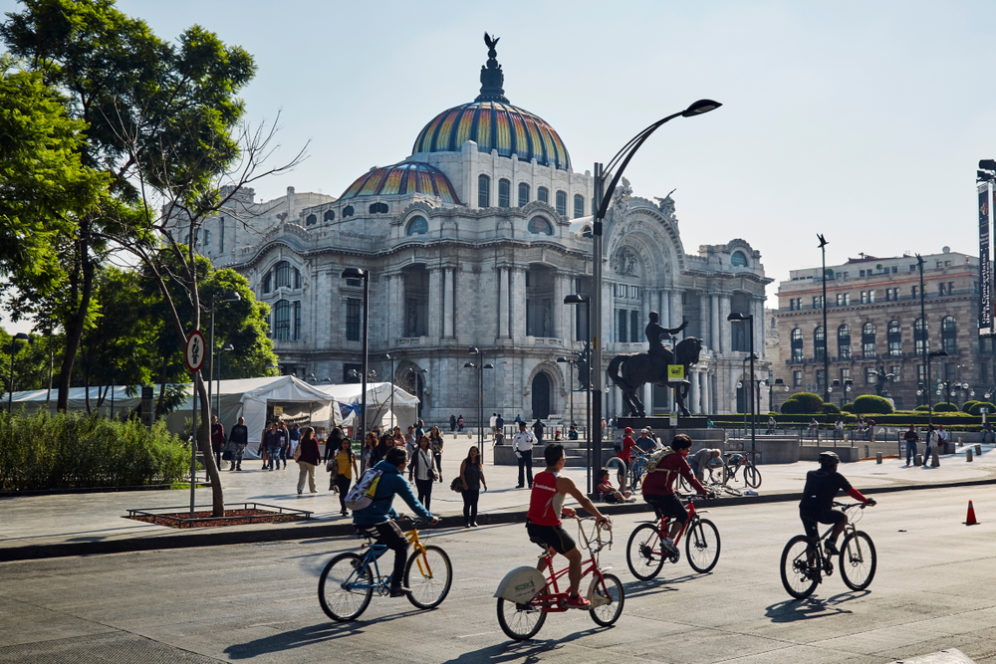
April 06, 2020
Mexico City: 1985 and Today
On the Anniversary of ITDP’s 35th Year, Transport Matters will be publishing a series of articles about cities that ITDP has worked in, comparing them from 1985 and today. The article in full can be found in the Sustainable Transport Magazine. Read previous articles about Buenos Aires here, Chennai here, Rio de Janeiro here, and Dar es Salaam here.
35 years ago, Mexico City was devastated by an 8.1 magnitude earthquake. The 1985 quake killed as many as 30,000 people, damaged 31 percent of the city’s buildings, and razed the homes of up to 700,000 people. Today, Mexico City is one of the most important economic hubs in the region, straddling both North and Latin America, and has grown from a population of 15 million to 20 million. This growth, anticipated to be even faster in the next decade, has drawn focus to the difficult topography of the city, built in a valley which was once an ancient lakebed. Combine this with a car-oriented sprawl of 20 million people, and the unpleasant outcome of pollution, air quality, and massive traffic congestion results.
Mexico City Before
Click below photos to enlarge
Mexico City has succeeded at a variety of important measures to create a more sustainable, equitable, and healthy city. The city has the backbone of largest transport system in Latin America, with 200+ kilometers of Metro rail transporting 4.4 million people per day, and seven Metrobus BRT corridors that carry around 2 million more. Since the BRT was implemented in 2005, travel times along the corridor have improved by almost 50 percent. However, many Chilangos are still served by informal passenger buses, called peseros, which fill gaps in transit coverage. Those gaps are narrowing with the continued growth of one of the city’s top achievement in mobility: Ecobici.
The city launched the popular, low-cost bike share system in 2010, and has since expanded it by 400 percent. The system averages 25,000 daily users on 6,000 bikes with 452 stations, making it a world leader, and the system also stands out for equity – nearly half of Ecobici’s riders are women. This is in contrast to standard cyclist ratio, which is more commonly two-thirds male. This speaks to how well the system has worked and together with protected bike lanes, makes the experience safer. The city built an extensive, and well-used protected bike network throughout the city center and beyond, and has supported this with parking reforms, zoning reforms, and improved pedestrian and public spaces in the central areas.
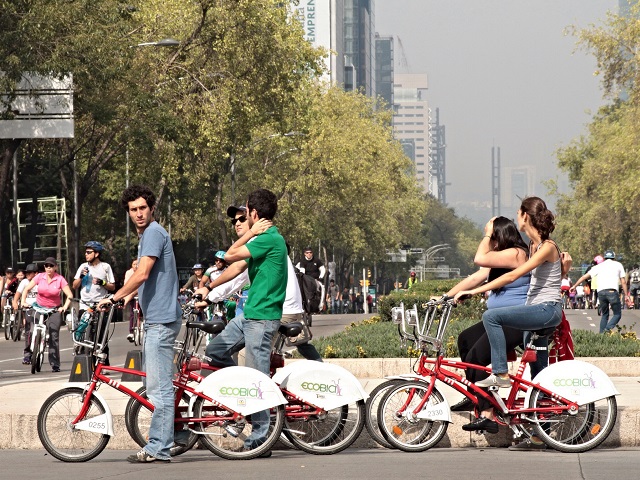
Mexico City Today
Click below photos to enlarge
Mexico City in Numbers
To measure and study cities’ growth objectively, metrics were employed looking at population, density, and transit. In these figures, kilometers of rapid transit are defined as rapid transit that meets the definition of BRT basics in the BRT Standard, in Mexico City kilometers of rapid transit grew by over 200% from 124.7 kilometers of rapid transit to 441.2 kilometers of rapid transit. This growth helped increase the RTR from 7.91 to 22.15. Rapid Transit to Resident Ratio (RTR) is a very useful metric that compares the population with the length of rapid transit lines – this number shows how well a population is served by rapid transit. Mexico City has a very strong RTR compared to a global average of 11.3. One of the major challenges plaguing Mexico City, however, is sprawl. Within the city center, transit remains strong but less so for the surrounding residential areas, which are sprawling.

